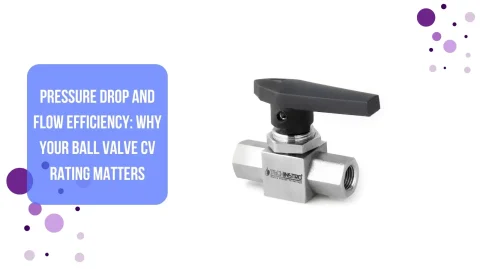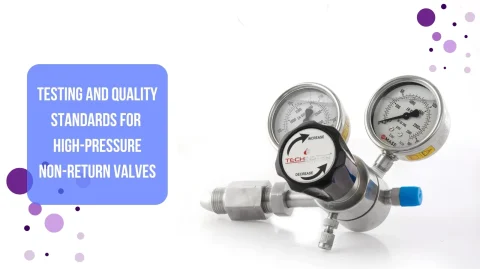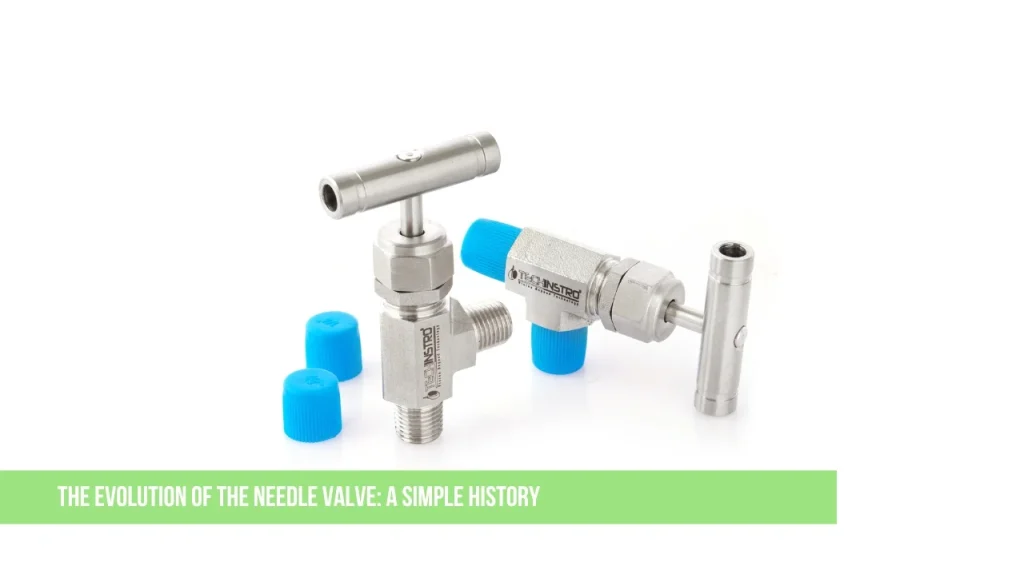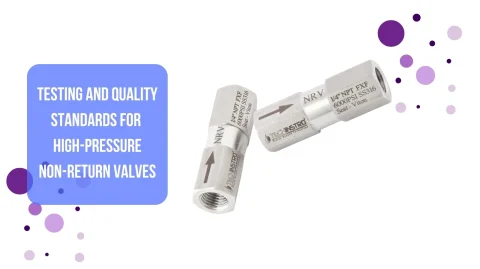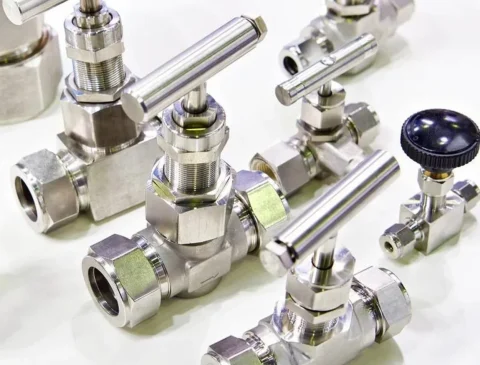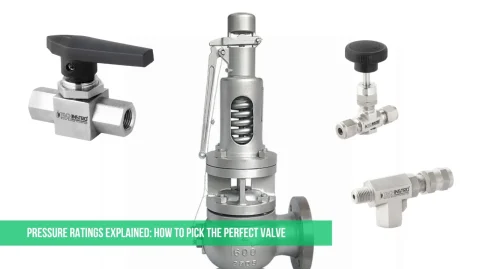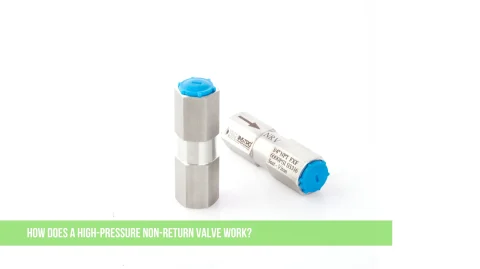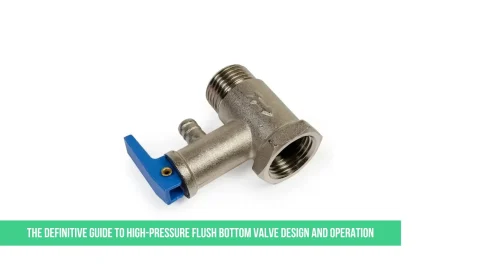Needle valves are small but mighty components used to control the flow of liquids and gases with extreme precision. Over the years, they’ve evolved from simple manual valves to high-tech, automated devices. Let’s look at how they’ve changed over time—and why they matter so much in industries like oil & gas, medicine, and aerospace.
The Early Days: Basic Manual Needle Valves
In the 19th century, engineers needed a way to finely adjust fluid flow in steam engines and early industrial machines. The first needle valves were simple:
Made of brass or bronze (cheap and easy to shape)
Hand-operated (a threaded stem with a tapered “needle” that moved up and down)
Used in steam engines and hydraulics
These early valves worked, but they wore out quickly and weren’t great for high-pressure systems.
The Industrial Revolution: Stronger Materials & Better Designs
As factories and machines advanced, needle valves had to keep up. By the early 1900s, improvements included:
Stainless steel bodies (more durable and corrosion-resistant)
Better sealing (using materials like PTFE to prevent leaks)
More precise threading (for finer flow control)
This made them worthwhile in oil refineries, chemical plants, and early airplanes.
The Space Age: High-Pressure & Extreme Environments
When rockets and jets took off in the 1950s-60s, needle valves had to handle extreme conditions:
Titanium and Inconel alloys (for high heat and pressure)
Cryogenic versions (for liquid oxygen and hydrogen in rockets)
Smaller, lighter designs (for spacecraft and missiles)
NASA and aerospace companies pushed needle valve technology forward, making them more reliable than ever.
The Digital Revolution: Automation & Smart Valves
Today, needle valves are more innovative and more precise thanks to:
Electric & pneumatic actuators (no more manual turning—push a button!)
Computer-controlled flow systems (used in labs and factories for perfect dosing)
Leak-proof designs (critical for medical devices and semiconductor manufacturing)
Some even have sensors and IoT connectivity, letting engineers monitor them remotely.
The Future: What’s Next for Needle Valves?
The next generation of needle valves might include:
Self-adjusting smart valves (using AI to optimize flow in real-time)
Nanotech coatings (to reduce wear and friction)
Eco-friendly designs (for hydrogen fuel systems and carbon capture)
Conclusion:
From Steam Engines to Spacecraft Needle valves have come a long way—from simple brass knobs to high-tech, computer-controlled devices. Their precision and reliability make them essential in everything from hospital equipment to rocket engines.
